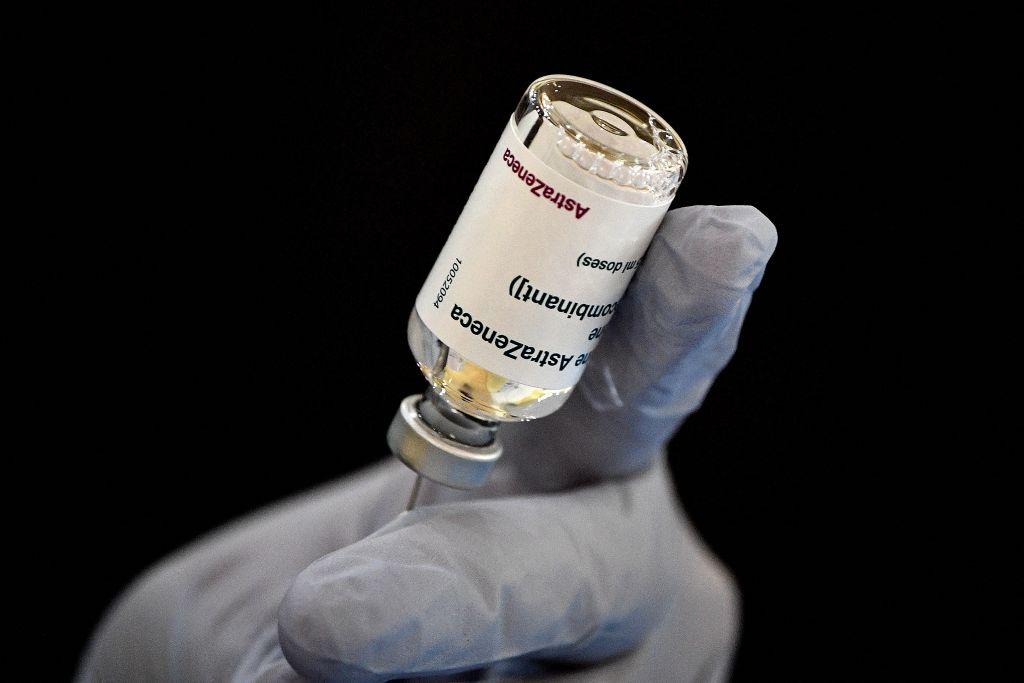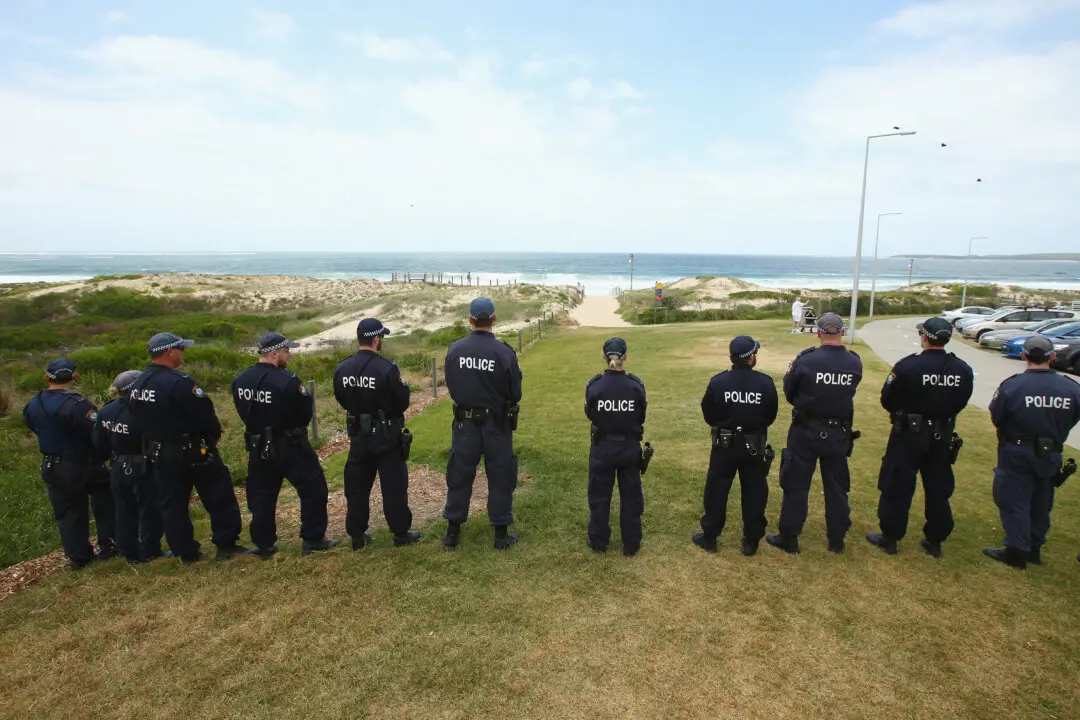Pharmaceutical manufacturer AstraZeneca Pty Ltd has voluntarily removed Vaxzevria—previously known as COVID-19 Vaccine AstraZeneca—from the Australian Register of Therapeutic Goods on April 24, 2024.
According to the Therapeutic Goods Administration (TGA), Australia’s regulatory authority for therapeutic goods, this move was “a business decision of the company, due to no current or anticipated future demand of the vaccine, and follows similar business decisions made overseas.”





